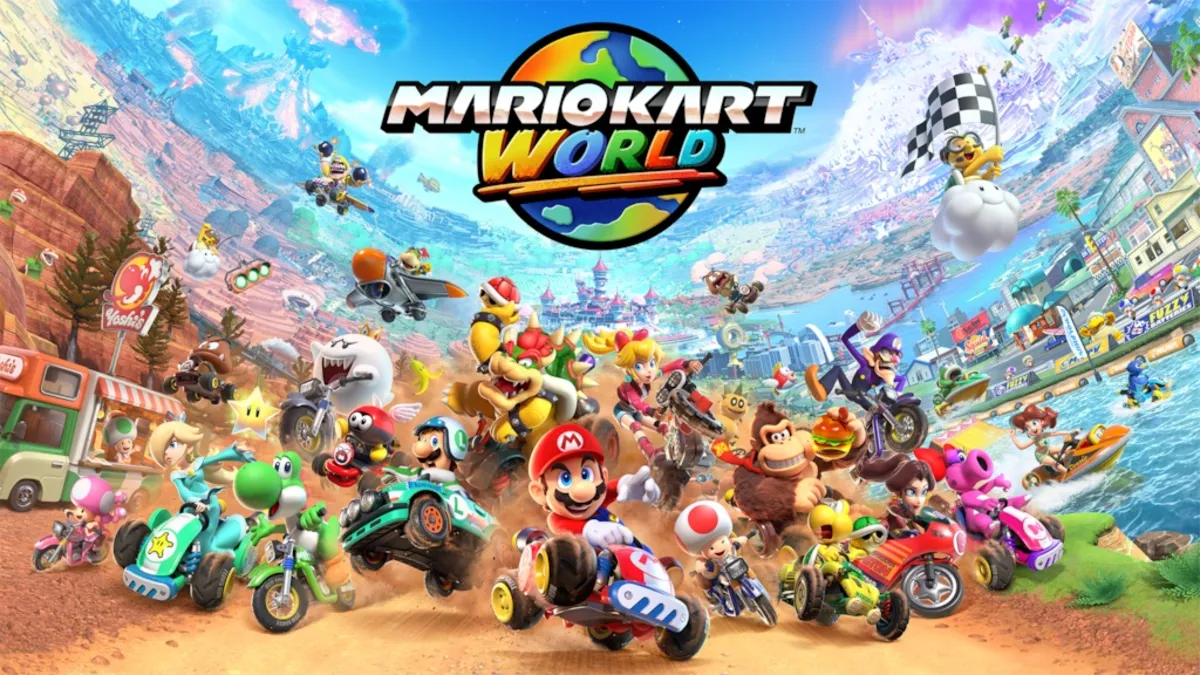
As the much-anticipated Nintendo Switch 2 continues to generate buzz, discussions surrounding its pricing have become increasingly prominent. With a retail price set at $450, some gaming enthusiasts have found it challenging to accept. However, initial reactions suggest that many consumers are coming to terms with this cost. The conversation has shifted, particularly around the pricing of games, which has caused a stir among fans.
One of the most surprising announcements was the price of Mario Kart World, which is set to retail for $80. This significant price tag has left many fans questioning the value and affordability of gaming on the new platform. In light of these concerns, Nintendo President Shuntaro Furukawa addressed the pricing strategy during a recent financial results briefing Q&A.
Furukawa elaborated on the company's comprehensive approach to determining prices for Nintendo Switch 2 products, stating, “The prices are decided by comprehensively considering the market environment in each region.” He emphasized that several factors are taken into account, including manufacturing costs, consumer perceptions, and fluctuating exchange rates compared to when the original Switch was launched.
In discussing the pricing for hardware, Furukawa pointed out that tariffs and regional market conditions play a critical role in the decision-making process. When it comes to software pricing, he noted that the increased costs associated with expanded game capacities and longer development times also impact final prices. “For software, we will continue to evaluate the appropriate price for each title as we have done in the past,” he added.
These insights shed light on Nintendo's strategy for pricing the Nintendo Switch 2 and its games, aiming to balance profitability with consumer expectations.
Recognizing the challenges posed by the pricing of the new system, Nintendo of America President Doug Bowser has acknowledged that not all consumers may be able to afford the Switch 2. To address this issue, Nintendo has decided to keep the original Nintendo Switch available in the market, providing an alternative for those who may find the new system out of reach.
As the launch of the Nintendo Switch 2 approaches, consumers can expect ongoing discussions about pricing and accessibility in gaming. Nintendo's commitment to evaluating their pricing strategy carefully indicates their intention to cater to a diverse audience while navigating the complexities of the gaming market.